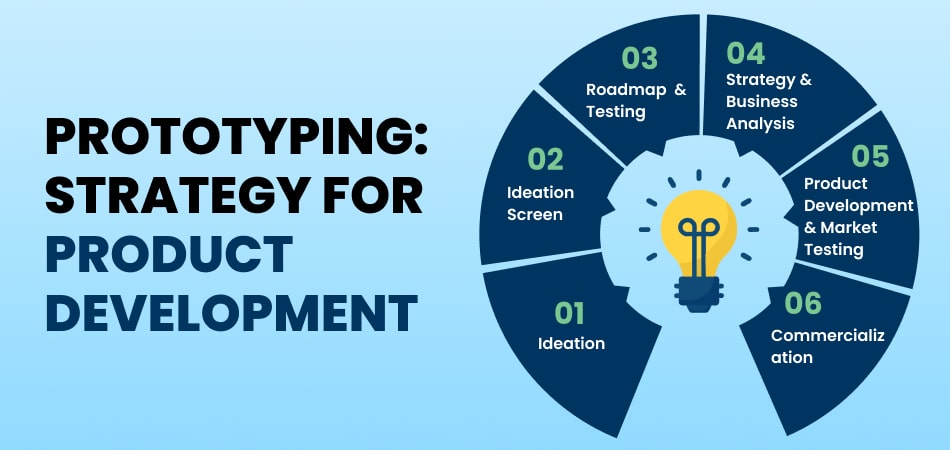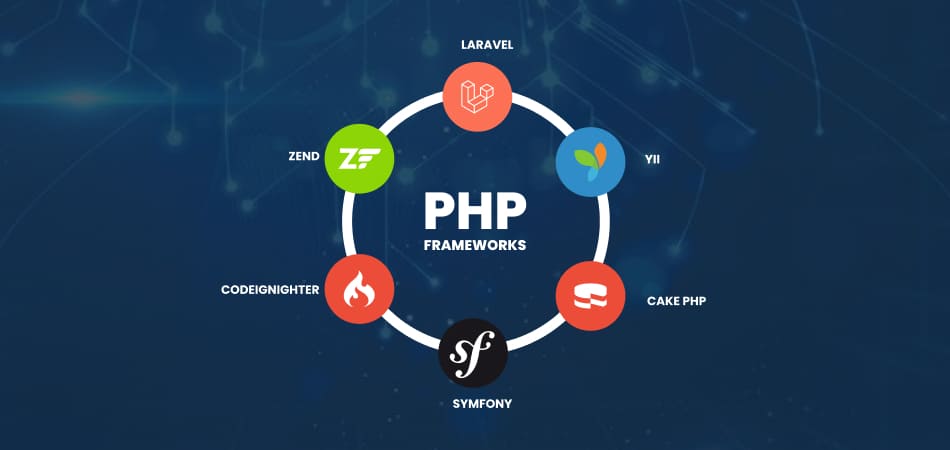Prototyping saves time, reduces risks, and brings innovative ideas to life. It allows “businesses to validate concepts early, gather actionable feedback, and refine designs before full-scale production.
In this blog, we’ll explore not only why prototyping is strategic for your product development process, but also what it precisely means, its different techniques, and upcoming trends. We’ll also share what mistakes you mustn’t commit while making prototypes and some real-world examples of how brands have leveraged prototyping for success.
What Is Prototyping?
Prototyping involves creating a preliminary version of a product to test and validate its functionality, usability, and design before final production.
In product development, a prototype acts as a bridge between the concept and the finished product. It’s not just about visualization but also about testing ideas in real-world scenarios to minimize risks. This process helps teams identify and fix problems early, ensuring that the final product meets user expectations.
Now that we know what prototyping is, let’s delve into prototyping techniques.
Types of Prototyping Techniques
Feasibility Prototypes
Feasibility prototypes focus on testing whether a concept or component is technically possible. These are particularly important in engineering and hardware development. For example, SpaceX develops feasibility prototypes to test rocket components before integrating them into full-scale systems. By iterating rapidly, they ensure mission-critical components work flawlessly.
Low-Fidelity User Prototypes
Simple sketches or wireframes that emphasize functionality over aesthetics. These prototypes are quick to produce and ideal for gathering early feedback. For example, Apps such as Figma allow startups to create quick, low-fidelity wireframes for user testing. X’s (formerly Twitter) initial prototypes were paper sketches that focused on user interaction flow.
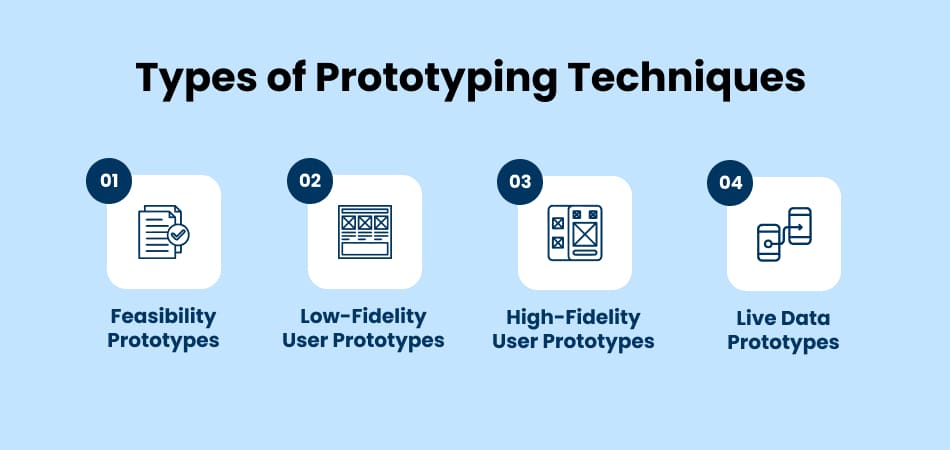
High-Fidelity User Prototypes
Detailed and interactive prototypes that closely resemble the final product. These prototypes are used to simulate the look, feel, and functionality of the end product. For example, Apple’s high-fidelity prototypes for iPhones ensure seamless design and user experience. Their meticulous approach often involves testing hundreds of iterations.
Live Data Prototypes
These prototypes integrate real-world data to test functionality in dynamic conditions. Live data prototypes are essential for systems that need to adapt in real-time. For example, Netflix’s recommendation system was refined using live data prototypes to improve user personalization. The company tested algorithms on live user interactions to perfect its suggestions.
Why Prototyping Is Strategic
In the simplest of words, skipping prototyping can lead to flawed designs, higher costs, and delayed launches. Prototyping minimizes these risks by addressing potential issues early. Let’s understand this in detail now.
Improved Market Research
Prototypes allow businesses to collect real feedback from target audiences. This ensures the product aligns with user needs. For example, Airbnb started with a simple prototype of their website to test market demand. By directly engaging with users, they fine-tuned their platform to address pain points of real users who were booking through their app.
Reduced Risk of Failure
Testing prototypes ensures design and functionality issues are resolved before large-scale production. For example, Amazon refined its early e-commerce prototype to improve usability. Their focus on ease of use made them a global leader.
Cost-Benefit Analysis
A small upfront investment in prototyping can save significant costs in revisions and product recalls. The return on investment becomes clear. Fewer surprises during production mean lower expenses later.
Enhanced Innovation
Experimentation with prototypes can lead to new ideas and improvements. Testing various designs often results in unexpected but valuable solutions.
Real-life example: Instagram’s transition from a location-based app called Burbn to a photo-sharing platform involved extensive prototyping and user feedback. Each iteration helped refine the app’s core features, ultimately leading to its massive success.
Cost-Efficient Functional Testing
Prototypes let teams test features without full-scale production. This helps refine usability, performance, and overall experience.
Real-world example: Slack initially prototyped its messaging platform with a small group of users. By focusing on functional testing in a controlled environment, they identified critical performance issues and streamlined core features like channel organization and message search, all without significant investment in full deployment.
Accelerated Feedback
Real-time testing accelerates the iteration process, leading to faster product launches. Feedback loops shorten the gap between ideation and execution.
Real-world example: Spotify relied on early prototypes of its music recommendation algorithm to collect user feedback. They tested the feature with select users and used the insights to refine the algorithm. This feedback loop significantly shortened the time to optimize their user experience.
Trends in Prototyping for 2025
Immersive AR/VR Prototyping
Brands are increasingly using Augmented Reality (AR) and Virtual Reality (VR) tools to create immersive prototypes. These tools simulate product performance in real-world conditions, enhancing design precision and user experience.

Real-world example: BMW uses AR/VR to prototype car interiors and exteriors, allowing teams to explore design changes without physical models.
Real-Time Collaborative Tools
As remote work continues to grow, tools that enable real-time collaboration are becoming indispensable. Platforms like Figma and Miro allow teams to co-design and iterate prototypes across geographies, fostering innovation.
Real-world example: Microsoft Teams’ integration with collaborative tools has enabled product teams to design, review, and approve prototypes in real time.
AI-Powered Prototyping
Generative AI is revolutionizing prototyping by automating tasks like design generation, usability testing, and data analysis. Tools like Uizard and Adobe Firefly enable creators to generate functional UI designs from text inputs.
Real-world example: Canva’s AI-powered design tools allow users to quickly prototype marketing materials, streamlining the creative process.
Sustainable and Modular Prototyping
With sustainability becoming a priority, companies are adopting modular prototyping methods. Reusable components reduce waste and make the development process more eco-friendly.
Real-world example: IKEA prototypes modular furniture designs to align with their sustainability goals while meeting diverse customer needs.
No-Code and Low-Code Platforms
No-code and low-code platforms democratize prototyping, enabling non-technical users to create functional prototypes.
Real-world example: Startups like Zapier and Airtable use no-code tools to prototype workflows and automate processes without needing extensive development resources.
Cross-Platform Prototyping
Ensuring seamless experiences across devices is a priority. Cross-platform prototyping tools like Adobe XD and Sketch make it easier to test designs for web, mobile, and desktop compatibility.
Data-Driven Prototyping
Integrating real-world user data into prototypes ensures that the product meets actual needs and conditions. This approach is particularly valuable for user-centric applications.
Real-world example: Spotify’s user-data-driven prototypes help refine their algorithms and interface for an optimal music discovery experience.
Mistakes to Avoid in Prototyping
Overcomplicating the Prototype
Prototypes are meant to simplify and clarify ideas, not add complexity. Overcomplicating the design can confuse stakeholders and delay decision-making. Focus on the essential features and ensure the prototype is easy to understand.
Ignoring Feedback
Feedback is a cornerstone of effective prototyping. Ignoring input from stakeholders, users, or testers can lead to missed opportunities for improvement. Prototypes should be refined iteratively based on collected insights.
Tip: Set up structured feedback loops to capture actionable comments at every stage.
Choosing the Wrong Process
Not all prototyping methods suit every project. For example, using high-fidelity prototypes for initial ideation stages can waste time and resources. Align your prototyping process with the project’s goals and current phase of development.
For example, start with low-fidelity sketches to brainstorm ideas, then move to detailed, high-fidelity prototypes for final testing.
Overspending on Design
While aesthetics are important, they shouldn’t overshadow functionality during prototyping. Investing heavily in polished designs too early can divert resources from testing usability and performance.
Tip: Use cost-effective tools like Canva or Figma for early-stage designs.
Not Testing in Real-World Scenarios
Testing prototypes only in ideal or controlled environments can give misleading results. Products should be evaluated under realistic conditions to ensure they meet user expectations and handle unforeseen challenges.
For example, delivery apps like DoorDash rigorously test their prototypes in diverse geographical and network conditions to ensure smooth operation.
Skipping Documentation
Proper documentation of the prototyping process is often overlooked. Without it, teams may struggle to track changes, understand decisions, or justify design choices to stakeholders. Keeping detailed records ensures consistency and transparency.
Popular Product Prototype Examples

YouTube
YouTube started as a simple video-upload platform to validate the idea of user-generated content. Early prototypes focused on usability and scalability. By testing and iterating, they built the foundation for one of the largest video platforms in the world.
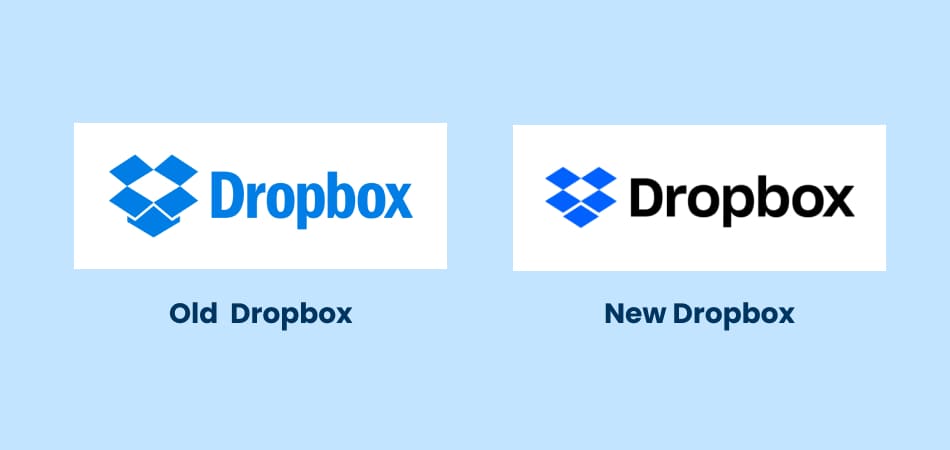
Dropbox
Dropbox used a low-fidelity prototype video to explain its concept and gauge interest. This prototype not only attracted funding but also helped them understand user expectations early on.
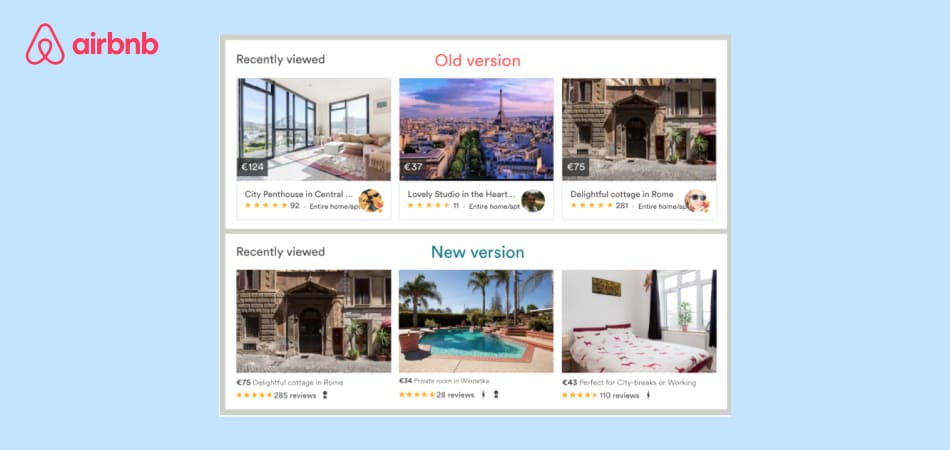
Airbnb
Airbnb’s founders used a basic website prototype to test if people would rent their homes. By validating their concept, they built a business that redefined the hospitality industry.

Amazon
Amazon’s first e-commerce prototype prioritized simplicity and user accessibility. By iterating based on customer feedback, they scaled rapidly into the global powerhouse they are today.
Conclusion
Prototyping is a crucial element of modern product development. It reduces risks, encourages innovation, and improves the final product. By leveraging emerging trends and learning from successful examples, businesses can unlock the true potential of prototyping.
Are you ready to integrate prototyping into your product strategy?
